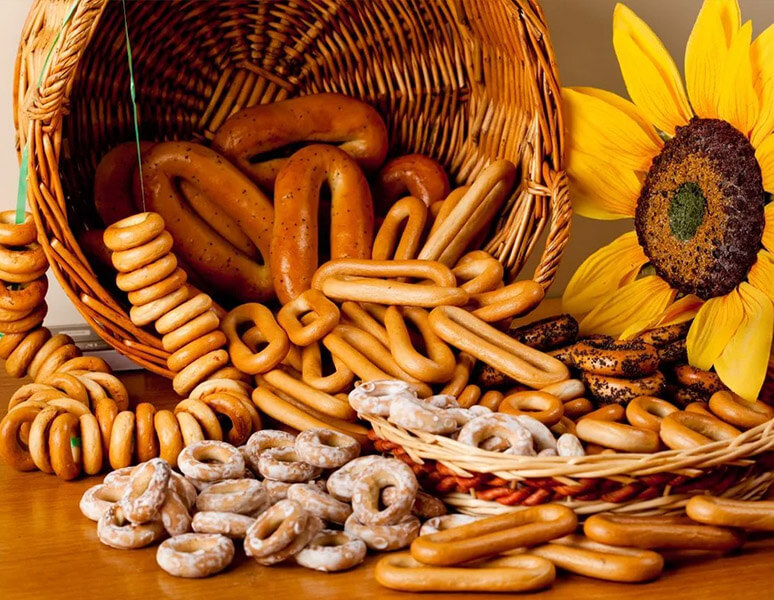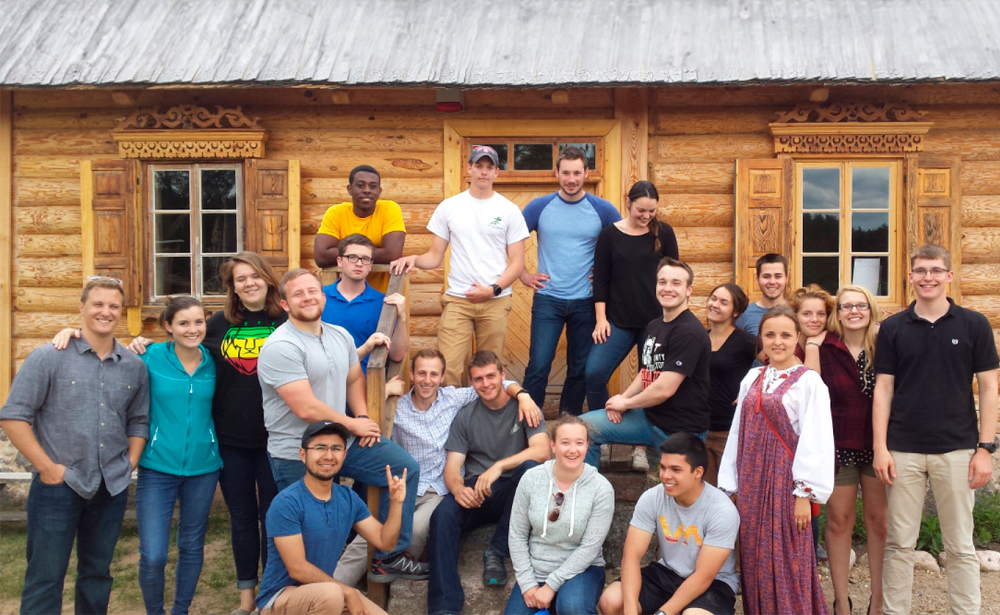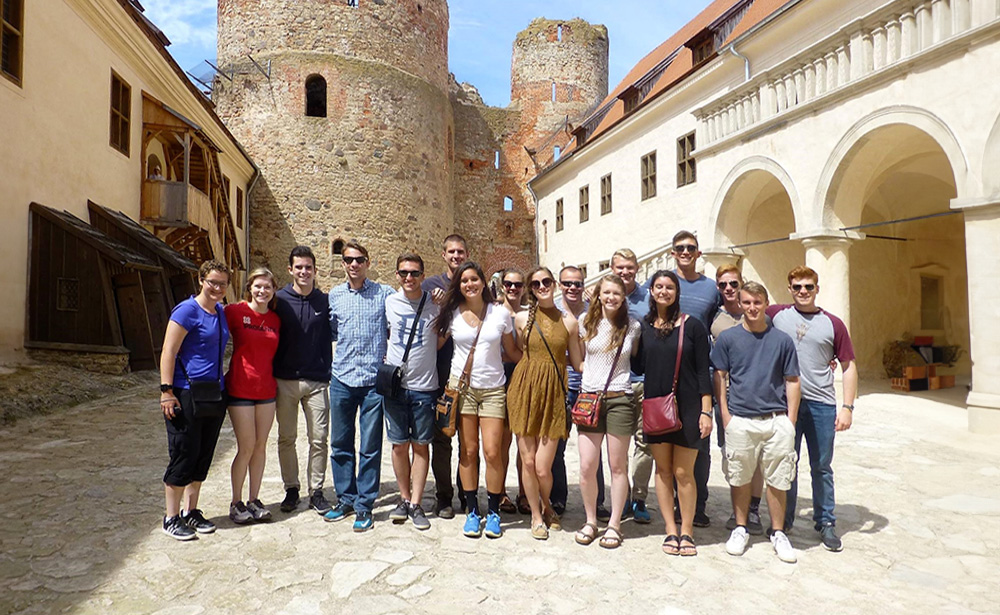Russian Sushki, Baranki, and Bubliki
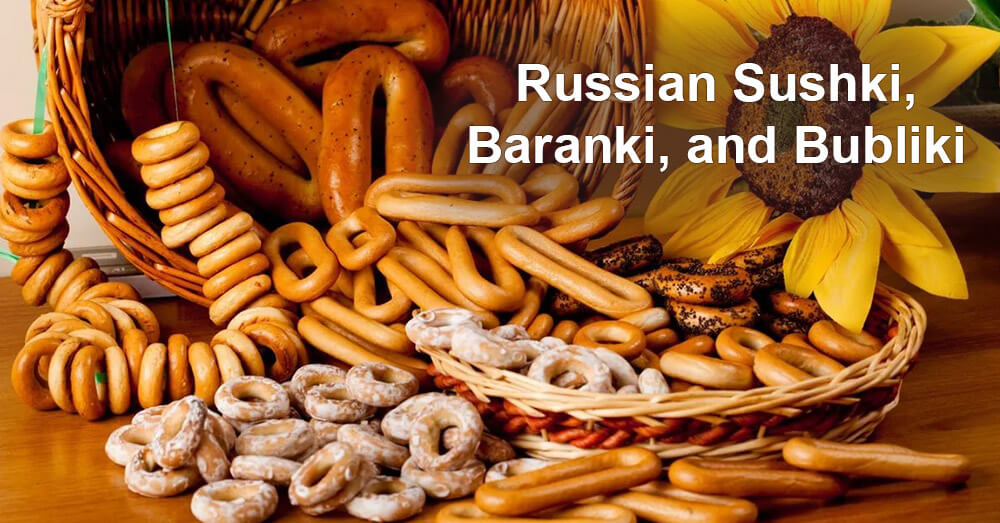
Since ancient times in Russia the more bread there was in the house the more prosperous it was. Russian sushki, baranki, and bubliki were the most popular types of pastry. People did not only eat them, but also used them to decorate walls in their houses. Today, in this article we are going to tell you about how these types of pastry appeared as well as how they were made.
Sushki
Sushka is a ring-shaped hard pastry which can be found in Russian, Belarusian, Polish, and Ukrainian cuisines. As you’ve already guessed its name “sushka” was derived from the word “to dry”.
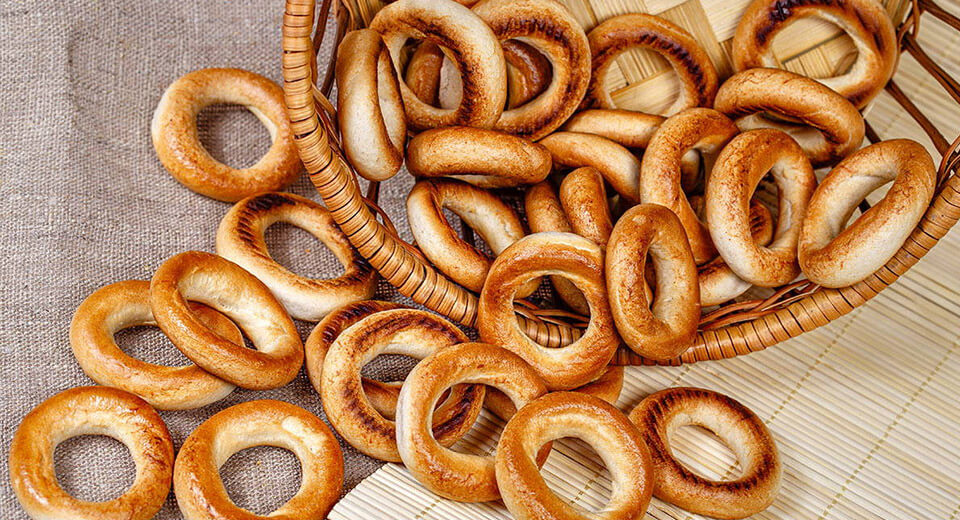
Originally, sushki were made to eat in the winter. A specially kneaded dough was used to make them. The recipe of this dough hasn’t changed since then. There is also an opinion that if a ready product can be broken into four parts, it means that there was a correct proportion of all ingredients used.
Baranki
Baranki or as they were called earlier “obvaranki” appeared in Belarus, in the town of Smorgon, and then spread throughout Russia. In order to make them, the dough was boiled and twisted into bundles in advance. They got their name “baranki” because they looked like a ram’s horn.

It’s an amazing fact is that in ancient Russia the word “baranok” was exclusively masculine and was used only in the singular. The person who made this type of bakery product was called a “baranochnik”.
Bubliki
Bublik is not only a traditional Russian type of pastry, but also a symbol of Russian culture. According to some historical facts, Eastern European Jews were first ones who started making bubliki. Therefore, in the past sushki and baranki were called Moscow, but bubliki Odessa.

Bublik also has its ring-shaped form and it was not an accident. The story of bublik began in the 17th century, when a Jewish baker in Vienna gave the Polish king Jan Sobieski his gift – a bun in the form of a stirrup, in honor of the victory over the Turkish army. Since then, bubliki and their recipe has spread around the world, including in Russia.
The word “bublik” came to Russia from the Ukrainian language and it is directly translated as “bubble”. This word has rooted in the Russian language; therefore, it is not considered as a borrowed one. It is often used in Russian literature.
Besides the fact that this pastry played the role of mascots and decorations for the Russian people, it was also an attribute of the traditional Russian tea drinking. When Russians laid the table for tea, they always served lots of baranki, sushki, and bubliki on golden and colorful trays. However, not every family could afford it, only affluent ones.
Nowadays, you can buy all various types of this pastry. Therefore, if one day you decide to visit Russia, you can buy as a souvenir a bunch of sushki, baranki, or bubliki, for example, plain, with poppy seeds, with fruit or glazed.

You may be interested
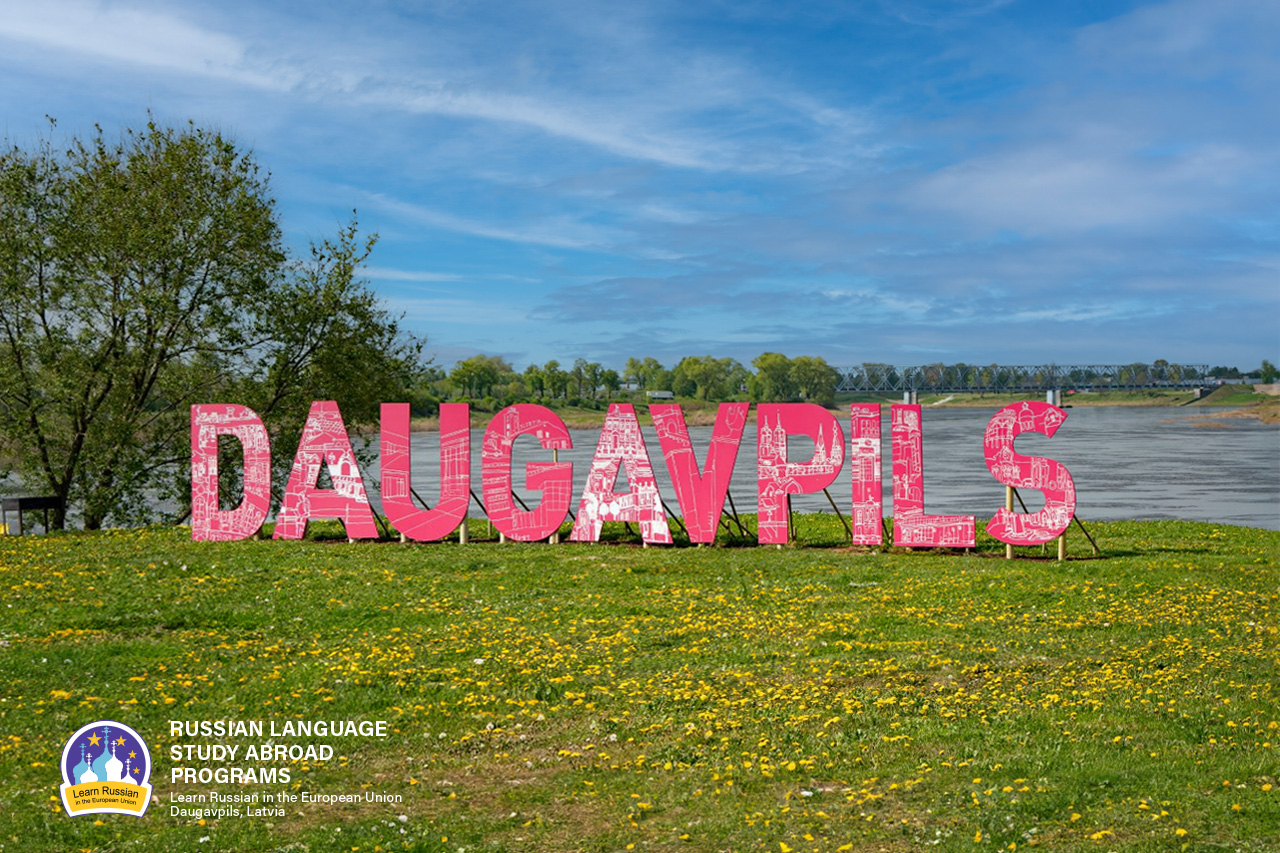
Why do people speak Russian in Daugavpils?
As it seems to us, Daugavpils is the best place to learn Russian now, because our city is situated in the EU and NATO, but at the same time 90% of the city’s population speak Russian at home.
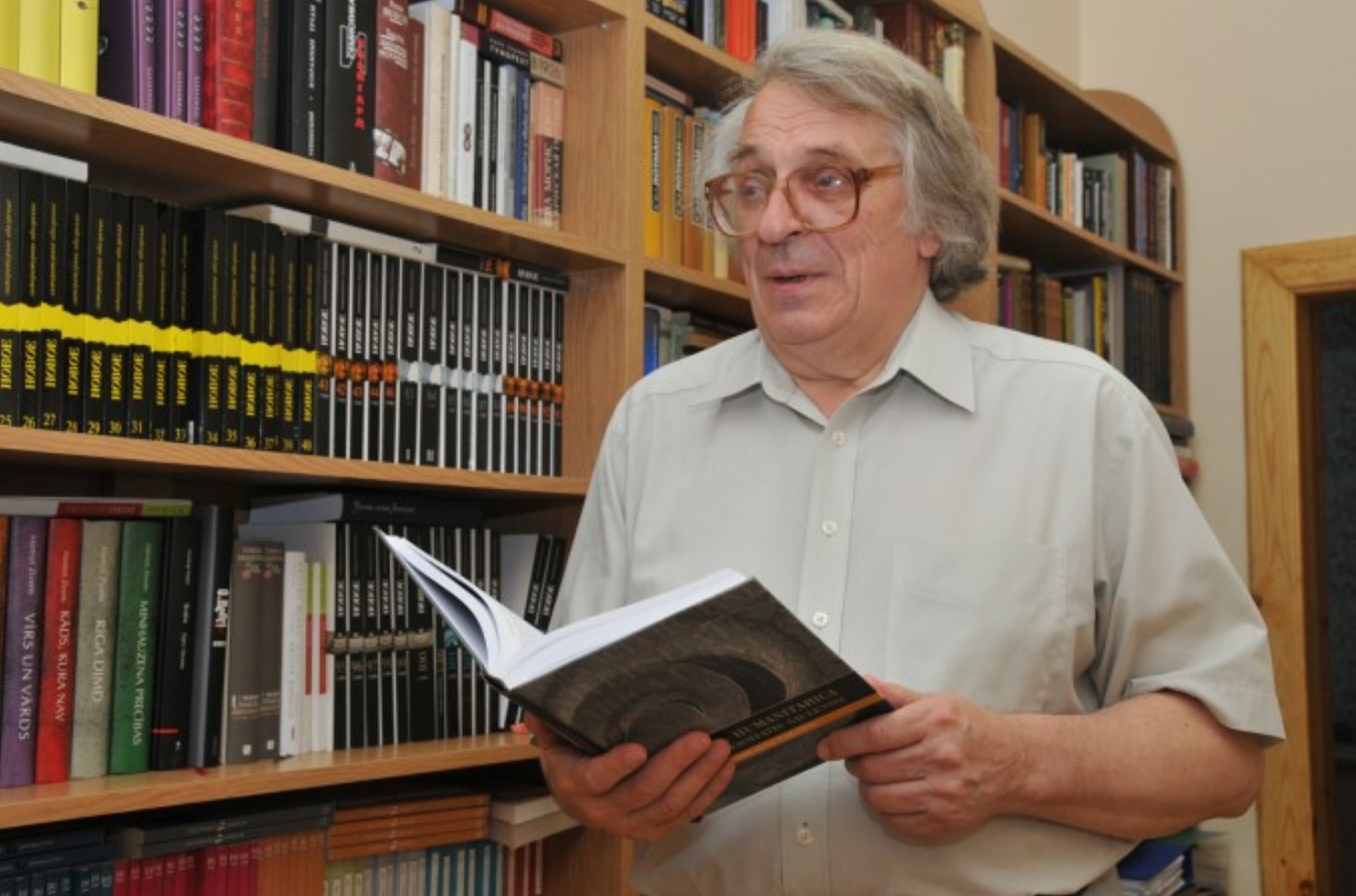
ЭТЮД О ДВИНСКЕ
Etude on Dvinsk by F.Fedorov
The Baltic region is one of the most catastrophe prone regions of the 2nd millennium, especially its second part; it is the centre of attraction of ‘geopolitical’ interests of the European world. Probably the most tragic fate has befallen to the eastern part of the present Latvia and its multi-titled town of Dinaburg – Dvinsk – Daugavpils. During its 730 years long history, the town went through five rather autonomous periods of development, five different lives (German, Polish, Russian, Latvian, Soviet), and at the beginning of the 1990s it entered into the 6th period.
The history of Dinaburg – Dvinsk – Daugavpils is the history of five attempts by the town to begin its life anew; and this is determined not only by the fact that the town was four times burned down and had to start life from scratch, but first and foremost because each of these periods was characterized by a total change of ethnos and the socio-cultural field.
The present article deals with the cultural space of the town in one of the most efficient periods of its development – from the 1860s till World War I.


